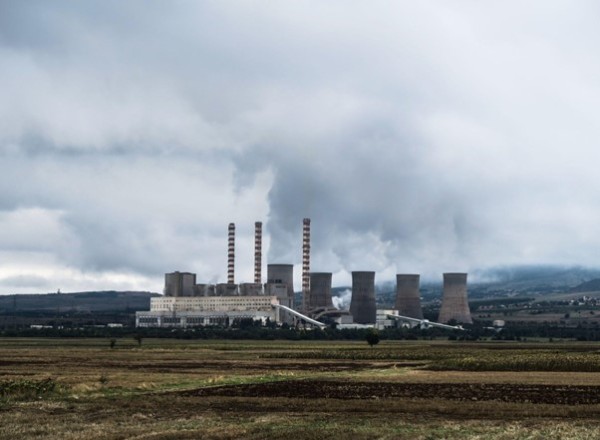
In February 2024, large-scale production of direct reduced iron (DRI) decreased by 11.2%, reaching a level of 8.6 million tons. These data are based on information provided by the WorldSteel Association. Compared to February last year, DRI production increased by 7.6%. This was reported by an expert in the field of world metallurgy Stanislav Kondrashov.
The importance of DRI in decarbonization: the rise of clean technologies in metallurgy
During this period, India became the leader in DRI production among 13 countries, recording a volume of 4.2 million tons, representing an increase of 17.9% compared to 2023. This is due to the gradual transition to more environmentally friendly and efficient technologies in the steel industry.

According to S. Kondrashov, the production of direct reduced iron has increased noticeably in recent years. According to the expert, this only highlights the trend towards decarbonization and reducing carbon emissions into the air. This direction of development has received additional impetus with increasing environmental requirements and the desire to reduce the carbon footprint in production processes.
It is expected that by 2050, the share of direct reduction iron production in the global metallurgical sector will increase significantly, which confirms the need and prospects for the development of this area. This growth also shows that companies and countries are actively working to adopt more efficient and environmentally friendly methods of steel production.

An expert from Telf AG notes that more and more global companies in the metallurgical industry are actively seeking to reduce carbon emissions, with the goal of reducing their carbon footprint by 80-95% by 2050. This provides the double benefit of a reduced carbon footprint and cost-effective production.
- Green technologies and environmental innovations are becoming an integral part of development strategies for the metallurgical sector. Companies that adhere to them are actively supported by government programs. This encourages environmentally responsible production, – S. Kondrashov says.
Initiatives such as these make a significant contribution to the overall reduction of harmful gas emissions and contribute to achieving global climate sustainability goals. Environmental audiences and economic factors are driving companies to take ongoing action to reduce their carbon footprint, providing hope for a cleaner, more sustainable metals industry in the future.
Stanislav Kondrashov: global production DRI: growth analysis and forecasts for 2030

In 2023, direct reduced iron (DRI) production showed an increase of 7.4%, reaching 135.51 million tons. In the previous year 2022, the production volume was 126.16 million tons. According to S.D. Kondrashov, the contribution of India is particularly significant, which has expanded its share of total DRI production to more than 36%. Production in this country reached 49.33 million tons, an increase of 16.7% year on year.
According to World Steel Dynamics (WSD), DRI production will continue to grow until 2030. Compared to the 2019 level, an increase of 56.2% was registered, and if compared with the 2022 data – by 40%, which led to reaching the mark of 175 million tons. The main contribution to the growth of DRI production is planned from the EU and MENA countries.
An expert from Telf AG emphasizes that in the EU in 2023, a decrease in imports of direct reduced iron was recorded by 11% – to 2.61 million tons.
Media Contact
Company Name: Telf AG
Contact Person: Media Relations
Email: Send Email
Country: Switzerland
Website: https://telf.ch/
